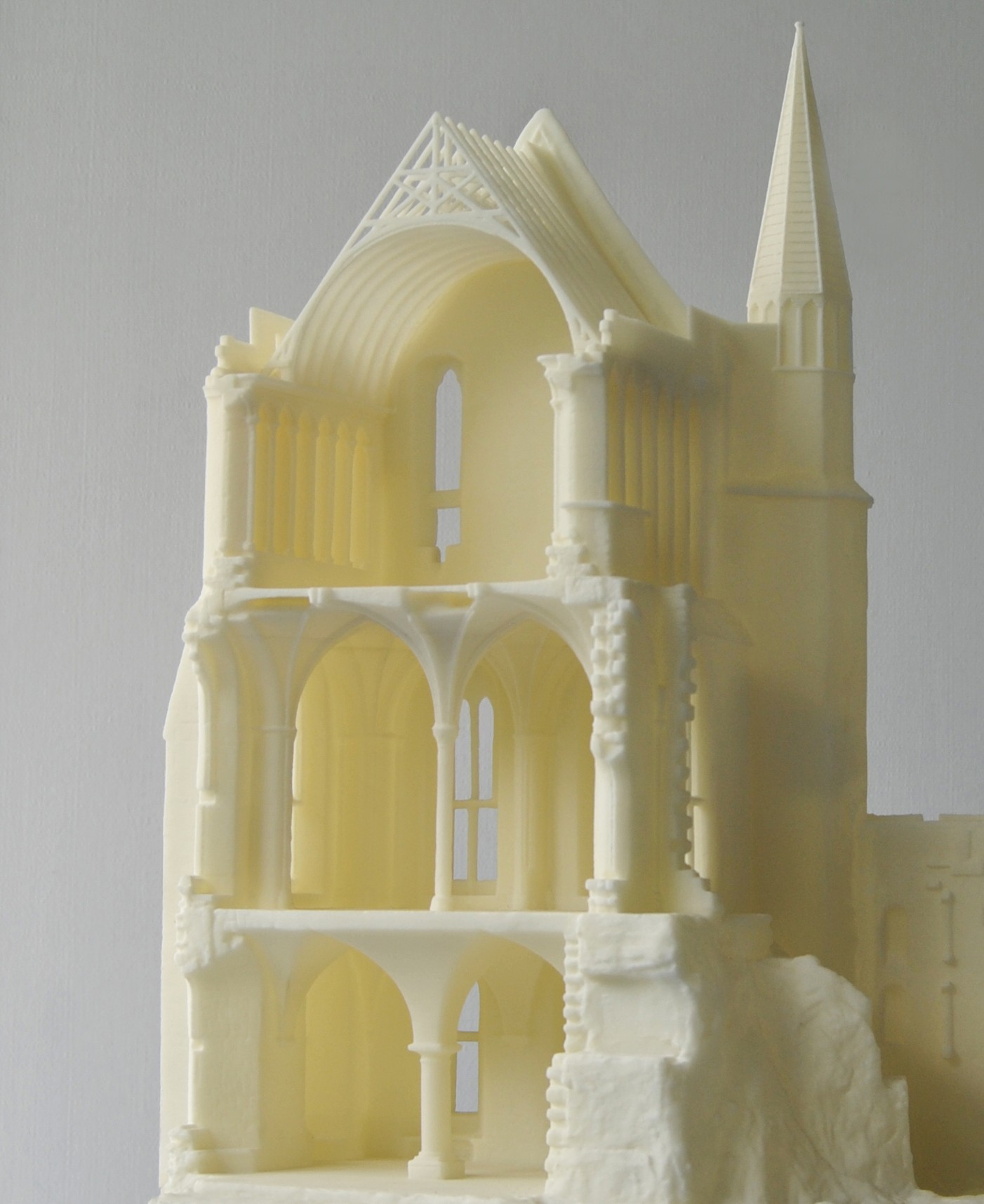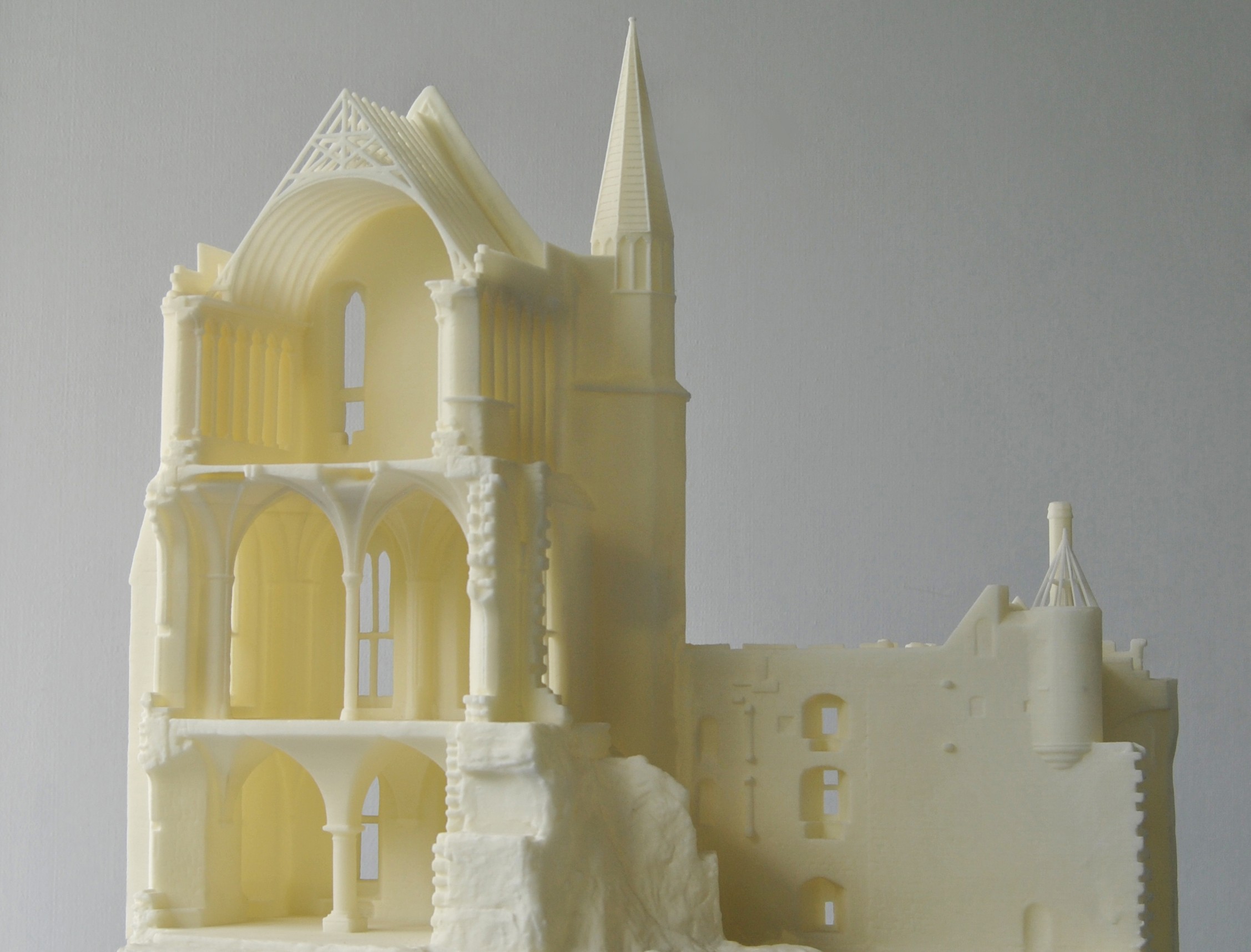3D Printing and the Tiny House Movement in the US.
Posted By Jess Hedstrom on Aug 11, 2015 | 1 comment
The Tiny House Movement has been gaining steam in the U.S. & parts of Europe for the past couple years. And you may not know that it shares a lot of the same principals of the 3D printing movement.
If you are not familiar with the Tiny House Movement it is gaining popularity in the US, specifically on the Pacific coast. Urban cities like: San Francisco, Portland and Seattle have all been featured for their tiny houses. You might be more familiar with the movement in the Netherlands in which homes are being built in shipping containers (link in FR), the core principals are very similar. Reusing materials for customized living spaces. This is where 3D printing enters the story; mass customization is a strength that 3D printing technology can offer along with added benefits like complex geometries that provide safety for residents against earthquakes or flooding, and it is financially cheaper to construct a 3D printed house (tiny or otherwise) over traditional construction methods.
3D Printed Merveille model. This is not a “tiny house” in the traditional sense however the complex design of this model can directly translate to a tiny house.
Because the 3D printing process is additive it produces less waste than the traditional manufacturing processes, and complex designs are not a problem for 3D printing and it doesn’t effect the cost of materials or construction at all. Conversely in traditional construction the price of building is directly tied to the materials and labor.
Complex geometries in tiny house construction and regular house construction has helped create a safer place for residents in areas that are prone to earthquakes. Dome shaped homes, and rooms are preferred to rectangular and square shaped homes and rooms in areas that get earthquakes. Domed homes and rooms vs. square or rectangular homes or rooms are no problem for a 3D printer. And considering that these are tiny houses the financial impact on construction is considerably less for a safer residence.
If you are interested in building your own tiny house you can find many free tiny house construction plans here and there are many items that can be 3D printed such as hinges, hardware and etc. if you do not have access to a 3D printer that can construct walls. Recently UCLA grad students designed what they call a “micro-house” measuring in at 50 square feet. When it was created, this micro-house was the very first residence constructed using a 3D printer. You can learn more about this multi-functional futuristic space here. What are your thoughts on 3D printed tiny houses? We’d love to hear your opinions below.


 Connect with Google
Connect with Google Connect with Facebook
Connect with Facebook

